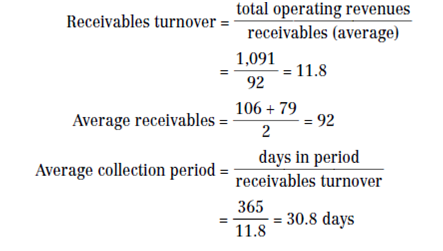Inventory Turnover
The relation of inventory turnover is intended by separating the asking price of merchandise sold by average record. Because inventory is affirmed in chronological cost provisions, it must be separated by cost of goods sold as an alternative of sales (sales include a margin for profit and are not comparable with inventory). The number of days in the year divided by the ratio of account turnover yields the ratio of days in account. The ratio of days in inventory is the number of days it takes to get goods shaped and sold; it is called shelf life for put on the market and wholesale trade firms. The account ratios for the Timberland Company are

The inventory ratios quantify how rapidly inventory is produced from raw materials and sold to customers. They are significantly exaggerated by, among other things, the manufacture technology of goods being manufactured. It takes longer to produce a 747 airplane than a pint of Ben & Jerry's ice cream. The ratios also are pretentious by the perish ability of the complete goods. A large increase in the ratio of days in inventory could propose an excessive buildup of high account of unsold over goods, or a change in the firm's product mix to goods with longer construction time. Clearly, a high ratio can serve as a caution that requires further examination. The best way to use this information is in comparison within industries and to contrast with historical information within a firm. For our Timberland example, the method of record valuation can also significantly affect the compute account ratios. Thus, financial analysts should be conscious of the different inventory assessment methods and how they might influence the ratios.